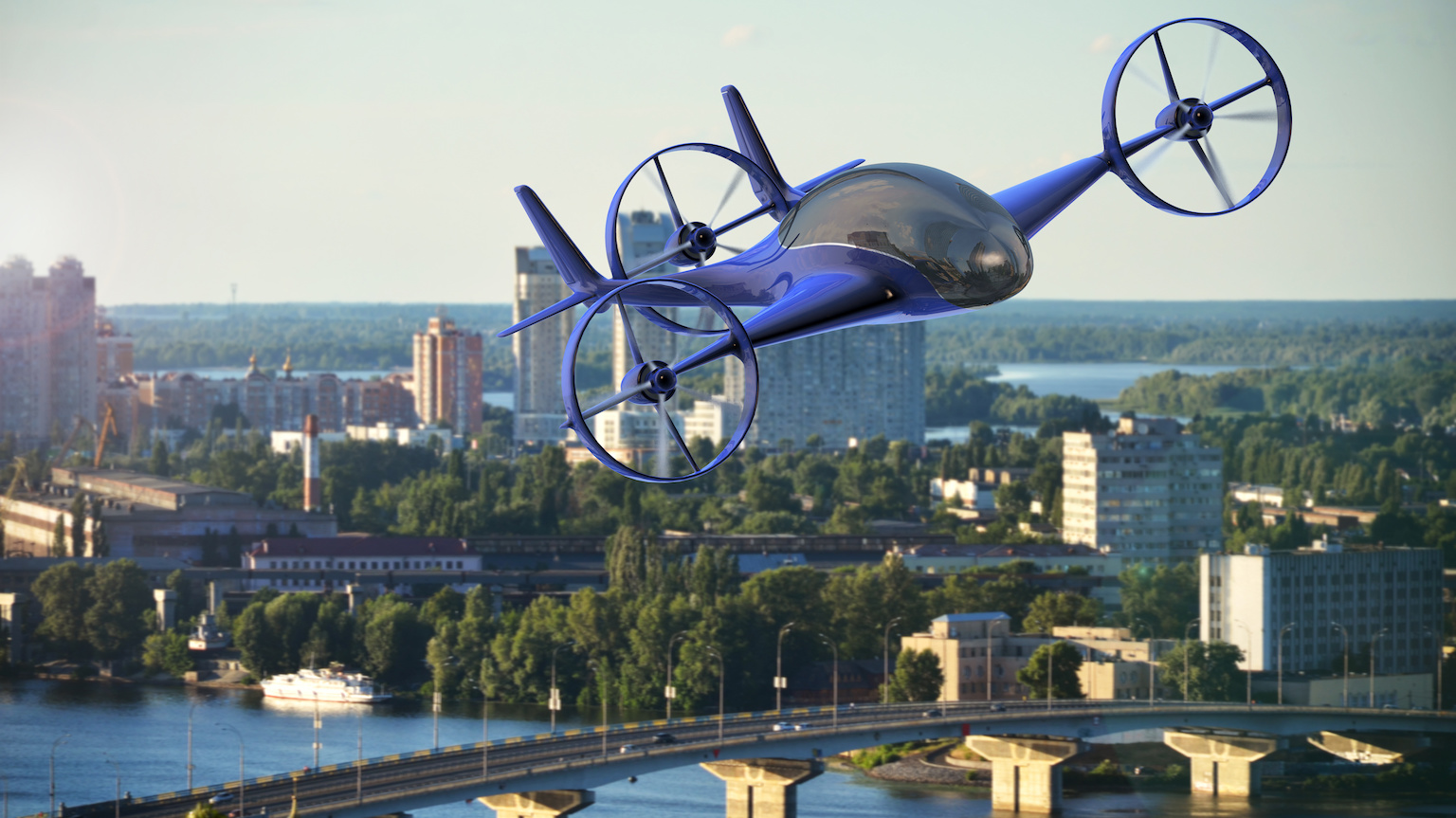
Mercedes has its sights set on the 2024 Formula 1 season with the W15, a car designed to offer ample scope for development and performance improvements. Learning from the challenges faced in previous seasons, the team is determined to focus on finding speed and not be constrained by early design choices. By prioritizing development opportunities, Mercedes aims to reclaim its position at the forefront of the championship battle.
In the past, Mercedes had to divert significant resources to address specific issues, such as the bouncing problem that plagued the team in 2022. This year, they tackled aerodynamic changes early in the season to optimize their car’s performance. As the team makes progress in resolving such challenges, the focus for the future is to concentrate on finding outright performance gains.

According to James Shovlin, Mercedes’ Director of Trackside Engineering, the team wants to transition from troubleshooting to performance-oriented development. Instead of being preoccupied with a laundry list of issues to resolve, the emphasis will be on maximizing lap times and pushing for regular pole positions and race victories.
Read Also: Budget Constraints Limit Mercedes and Ferrari’s Pursuit of Red Bull in Hungary
For the W15, Mercedes is keen on making key design decisions that offer flexibility for future development. The goal is to match the pace of other teams who consistently bring performance upgrades throughout the season. By allowing greater development possibilities, Mercedes hopes to maintain competitiveness and challenge for the top spot.
In the recent Hungarian Grand Prix, both Lewis Hamilton and George Russell were compromised early in the race due to cooling issues. The team discovered that the cooling system had been underestimated, leading to the power unit running hotter than expected. To manage temperatures, the drivers were asked to “lift and coast,” easing off the throttle and reducing brake usage to cool down the power unit. This strategy impacted lap times and their ability to attack competitors.
As the race progressed and the temperature issues were better managed, both Hamilton and Russell were able to regain momentum. They improved their pace, and with clear air and better tire degradation, they gained positions in the latter stages of the race. Hamilton finished fourth, while Russell secured a commendable sixth-place finish.
Read Also: Wolff: Mercedes needed early F1 season shock to be bold with car change
Mercedes is setting its sights on the future with the W15, focusing on performance and development opportunities. By learning from past challenges and optimizing the car’s design, the team aims to compete for pole positions and race victories in the 2024 Formula 1 season. Despite facing cooling issues in the Hungarian Grand Prix, their drivers demonstrated resilience and skill, finishing the race strongly. As Mercedes continues to evolve its car and strategies, fans can expect an exciting battle on the track in the years to come.
Featured Images Credit: Glenn Dunbar / Motorsport Images






